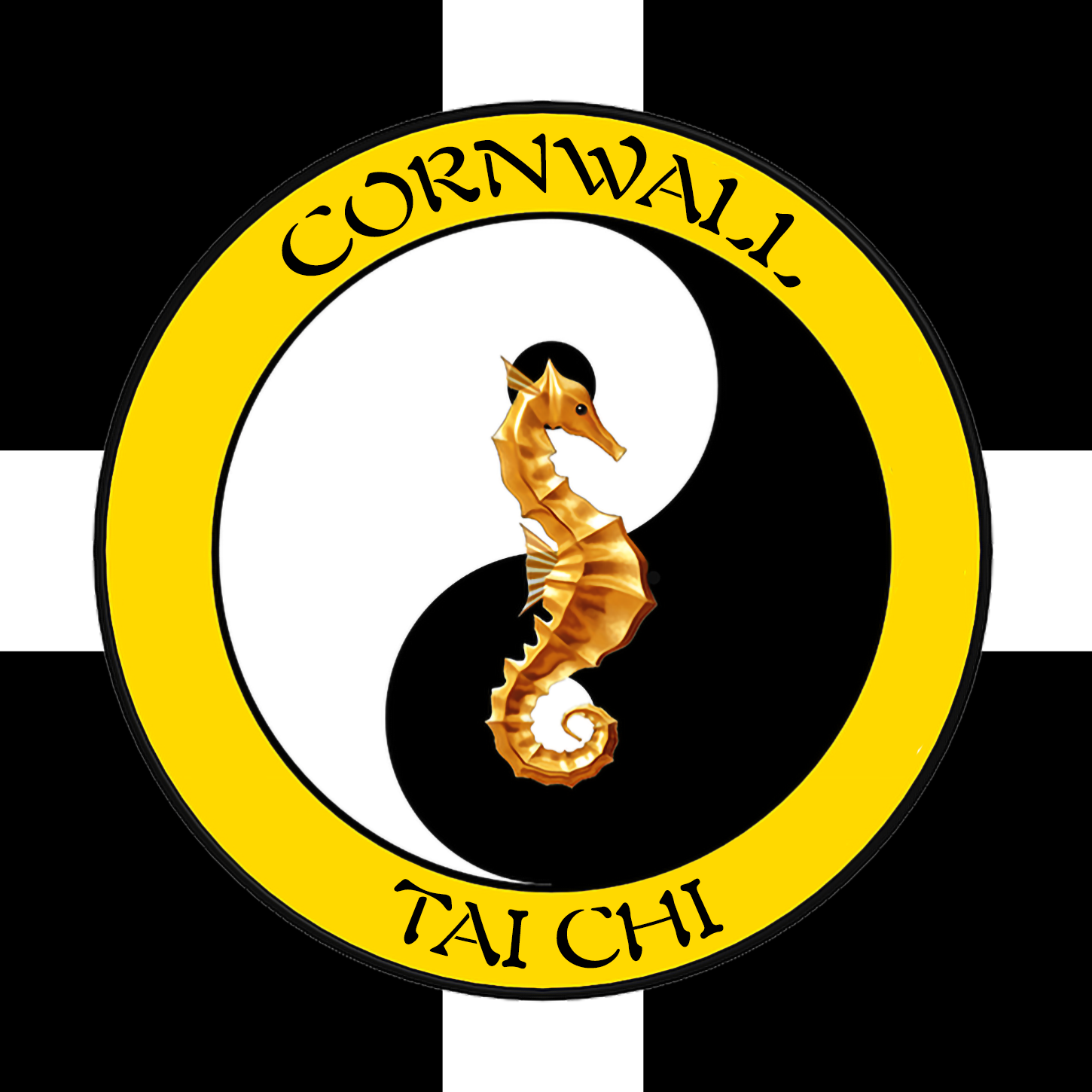
Tai Chi is based on a set of basic principles that are essential for proper training and mastery of the art. In this blog post, we will discuss these principles and explain how they can help you improve your Tai Chi practice.
1. Keep your body erect without stiffness.
One of the fundamental principles of Tai Chi is to keep your body upright and erect, but without any stiffness. This means that you should stand upright with your head in alignment with your spine, but without tensing up your muscles. This will help you to maintain good posture and avoid any unnecessary tension in your body.
2. Everything about you should be completely relaxed, especially the mind.
In Tai Chi, it is essential to relax your entire body, including your mind. This means that you should let go of any stress, tension, or anxiety that you may be feeling. Leave your baggage at the door, you do Tai Chi to regenerate so take some time out from your stresses to accomplish this. Relaxing your mind and body will help you to move more fluidly and gracefully, allowing you to perform the movements of Tai Chi with ease.
3. Maintain the heel and toe principles for all foot movements.
Tai Chi emphasizes the use of the heel and toe principles in all foot movements as in natural walking movements. This means that you should always start your movements with your heel, and then transfer your weight to your toes as you complete the movement. This will help you to maintain good balance and stability, as well as improve your overall coordination.
4. Co-ordinate the movements of the upper and lower halves of the body.
In Tai Chi, it’s important to move in a coordinated and integrated manner, like when you walk along without thinking your body naturally moves everything in a balanced way. This means that the movements of the upper and lower halves of the body are synchronized, and there is no unnecessary tension or rigidity in the body. When you move, you should feel that your arms, legs, and torso are working together as one unit. This is where you pay close attention to the movements of your body and the sensations you feel.
5. Harmonize the internal and external physical aspects of the body.
Tai Chi is more than just a physical exercise. It’s a practice that involves the mind and spirit as well. In order to fully benefit from Tai Chi, it’s important to harmonize the internal and external aspects of your body. This means that you should be aware of your breathing, your thoughts, and your emotions as you practice Tai Chi. As you move your body, you should also be focusing your mind on your movements, your breath, and the sensations you feel.
6. Ensure that there is a continuity of movement at all times, and that all movements follow a curve or circular form.
Tai Chi movements should be smooth and continuous, with no sudden stops or jerky movements. The movements should also follow a curved or circular form, rather than being straight lines. This is because curved or circular movements are more fluid and natural for the body. When you move in this way, you are also helping to circulate your vital energy or qi more efficiently throughout your body. Another essential principle is the “continuity of movement”. In Tai Chi, all movements are connected and flow into each other smoothly, like a river. This is why it’s often called “moving meditation”. You should never stop in between movements, but keep the energy flowing throughout the entire routine. It takes practice to achieve this level of continuity, but it’s an important aspect of Tai Chi practice.
7. Study the many Taoist breathing exercises.
Breathing is an essential part of Tai Chi practice. In Tai Chi, the breath is used to help regulate the movement of the body and the flow of energy or qi. There are many different Taoist breathing exercises that are used in Tai Chi, and these can help to deepen your breathing, improve your lung capacity, and increase your overall energy levels. In addition, it’s important to breathe deeply through your lower abdomen, rather than shallowly through your chest. This type of breathing is known as “diaphragmatic breathing,” and it helps to fully oxygenate your body and improve your overall health.
8. Learn to breathe deeply through your lower abdomen, and keep your tongue against the roof of your mouth.
Another key aspect of Tai Chi is proper breathing. In Tai Chi, you should breathe deeply through your lower abdomen, rather than shallowly through your chest. The practice of pressing the tip of the tongue to the roof of the mouth just behind the teeth is a key principle in Taoist alchemy, qigong, and other Chinese energy practices. It is believed to have several important benefits for the circulation of qi, or vital energy, within the body, including promoting the flow of energy through the Microcosmic Orbit. By pressing the tongue to the roof of the mouth, you create a connection between the Ren Mai (Conception Vessel) and the Du Mai (Governing Vessel), which are two of the body’s extraordinary vessels that form the Microcosmic Orbit. This can help to balance the flow of qi and promote overall health and well-being. Additionally, pressing the tongue to the roof of the mouth can activate the Upper Dan Tian, which is an energy center located in the head and associated with spiritual development and higher consciousness. By promoting the circulation of energy in this area, the practice can enhance spiritual development. Furthermore, focusing on the sensation of the tongue pressing against the roof of the mouth can help to quiet the mind and enhance concentration, which can be especially useful in meditation and other spiritual practices. Overall, the practice of pressing the tip of the tongue to the roof of the mouth is a simple but powerful technique that can help to promote the circulation of vital energy through the Microcosmic Orbit, enhance spiritual development, and improve overall health and well-being.
9. Extend and let your vitality power flow on all outward movements.
In Tai Chi, the concept of “vitality power” or “life force” is central to the practice. Vitality power is the energy that animates all living things, and in Tai Chi, it’s believed that this energy can be cultivated and directed through the body. When you move in Tai Chi, you should be aware of your vitality power, and you should aim to extend and let this energy flow on all outward movements. Conversely, on inward movements, you should recall and relax your vitality power, allowing it to circulate smoothly throughout your body.
10. Recall and relax your vitality power on all inward movements
Similarly, on all inward movements. In Tai Chi, movements are not forced, but rather allowed to flow naturally. You should use your body’s natural energy and momentum to create movement, rather than relying on brute force. This allows you to conserve energy and move more efficiently. Extend and let your vitality power flow on all outward movements, and recall and relax your vitality power on all inward movements. In Tai Chi, it is important to extend your vitality power on all outward movements. This means that you should focus on extending your movements and using your Qi to help you perform them. By doing so, you can improve your strength, flexibility, and overall health. You should release any tension in your muscles on the inward movements, allowing your body to relax and conserve energy.
11. Live the Ch’ang Ming way (Taoist macrobiotics).
The Ch’ang Ming way is a philosophy of healthy living that is based on the principles of Taoism. In Tai Chi, it’s important to pay attention to your diet and lifestyle and to adopt healthy habits that support your practice. This includes eating a balanced diet of whole foods, eating natural organic foods, and getting enough rest and exercise.
12. Study the laws of life within the realms of the spiritual path (Tao).
Finally, studying the “laws of life” within the realms of the spiritual path is an essential principle in Tai Chi. This involves exploring the spiritual and philosophical teachings of Taoism, which is the foundation of Tai Chi. By understanding these teachings, you can deepen your Tai Chi practice and gain a deeper understanding of yourself and the world around you.
13. Study the use and harmonization of the vitality power and macro-cosmic energy, which are the internal and external, physical and spiritual energies.
Tai Chi practitioners believe that the body is a microcosm of the universe and that by harnessing and harmonizing these energies, you can improve your health and well-being. Vitality power, also known as Qi, is the life force energy that flows through the body. In Tai Chi, you learn to cultivate and direct this energy through various movements and postures. By doing so, you can improve your physical health, boost your immune system, and reduce stress and anxiety. Macro-cosmic energy, on the other hand, refers to the energy of the universe. Tai Chi practitioners believe that we are all connected to the universe and that by harmonizing our internal energy with the energy of the universe, we can achieve a greater sense of inner peace and harmony. By studying and mastering the use and harmonization of vitality power and macro-cosmic energy, you can deepen your Tai Chi practice and gain a deeper understanding of the interconnectedness of all things. This can lead to a greater sense of purpose and fulfillment in life.
So, Tai Chi is much more than just a series of physical movements. It’s a holistic practice that involves physical, mental, and spiritual aspects. By mastering the essential principles of Tai Chi, you can improve your health, reduce stress, and achieve a greater sense of inner peace and harmony.

